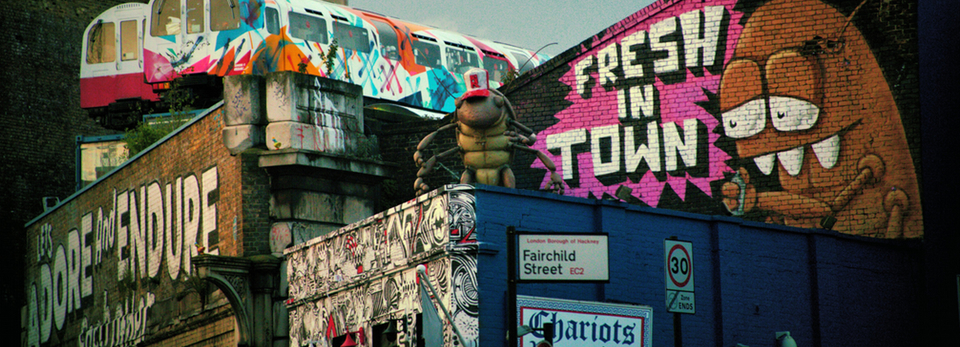Doreen Massey, writing in her visionary book For Space, sets out a rallying cry for the building of interrelationships in the spaces of the contemporary world: ‘In this other spatiality, different temporalities and different voices must work out means of accommodation. The chance of space must be responded to’. In…
View More Responding to the Chance of Space in Marshland





